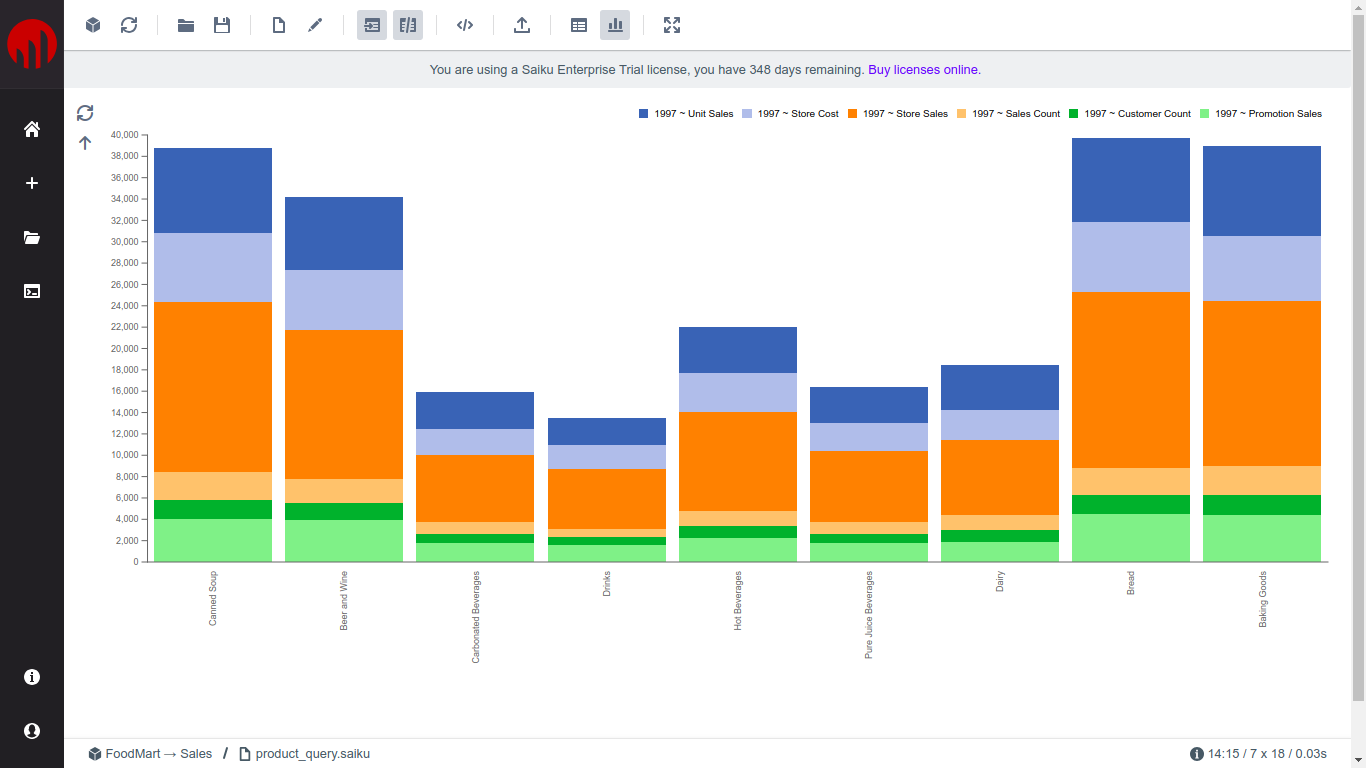Reporting has changed. A few years ago it was enough that your enterprise reporting solution provided some tables and charts and it was generally accepted that it would take years to build and would fail to deliver exactly what was wanted. It would probably also cost millions of Pounds/Dollars/Euros to buy and implement and even more to upgrade or make changes.
Then along came big data and self service analytics and AI, machine learning and data scientists. All of these approaches are fantastic and can deliver amazing new insights into user behaviour, identifying unseen correlations and automate the processing of vast volumes of data. However, the majority of organisations are not yet in a position to take advantage of these technologies. Either they do not have access to the volumes of data to justify them or they lack the skills, resources, impetus or need to use data in this way.
Most reporting and analytics software vendors are focused on the next big thing and trying to meet the needs of the world’s largest organisations, many of whom have built their businesses on data (Google, Amazon, Facebook, etc). Our experience is that the reality at most organisations is somewhat different. Numerous systems, little integration and a lack of understanding of where data resides is often the reality. When you also consider the data quality issues that enterprise reporting always highlights, suddenly running AI and machine learning over most organisations data is either pointless or unnecessary.
With Saiku we have always tried to take a different approach. The software has always been designed to be as simple to use as possible, so anyone can use it, with little or no training. It is also easy to deploy and upgrade, requiring no software to be installed on user devices. We also minimise the network bandwidth the solution uses so it can be used almost anywhere, even over basic mobile connections and in environments with poor network infrastructure.
While Saiku may not have the features of some competitors, we see this as a positive. Again it makes it easier to use and allows the user to focus on exploring and understanding the data available direct from the underlying systems. Creating elaborate visuals on consolidated data, where no one is sure of the data source or accuracy is often meaningless or worse misleading. Developing complex statistical models on poor quality data is even more dangerous.
So Saiku is useful when an organisation faces challenges with using data and perhaps surprisingly, it is also used by many of the world’s largest data driven companies including some mentioned earlier. This is because they still need to explore and understand the data they have available before handing it over to the data scientists and also because in many cases a simple report, that any user can create themselves, is more powerful than AI or machine learning.

